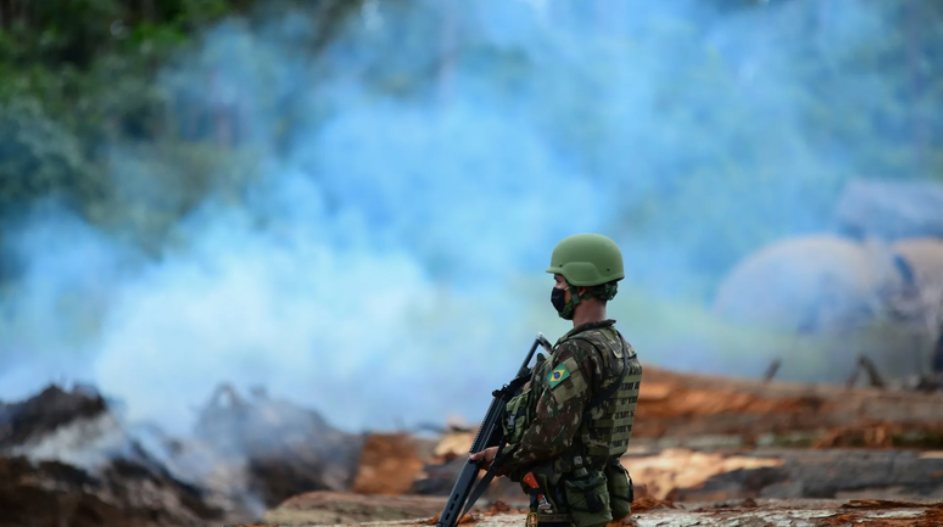Brazil’s military ambitions are multifaceted. The nation aspires to be a regional leader, ensuring stability and influence in South America. This ambition often aligns with the United States’ interests, leading to cooperation on military training and exercises. However, historical tensions and the legacy of the “Backyard Doctrine” cast a shadow over this partnership.
Brazil invests heavily in its military, with a budget exceeding $23 billion in 2023 and projected to climb further. This reflects their desire to be a dominant military force in South America. The US, recognizing Brazil’s strategic location and potential, generally views them as a security partner. However, competition for influence can arise, particularly concerning South America’s political landscape.
Despite the potential for friction, the US and Brazil have a history of military cooperation. Both nations share an interest in securing their coastlines. However, the legacy of the “Backyard Doctrine” – the US policy historically viewing Latin America as its sphere of influence – creates unease. Brazil seeks to move beyond this dynamic, asserting its right to independent partnerships.
Brazil’s membership in the Non-Aligned Movement (NAM) underscores its desire for peaceful solutions and economic development. This aligns with the principles of BRICS, another emerging power bloc. Unlike Western alliances, BRICS does not dictate trade and investment decisions among its members, fostering a more cooperative model.
Brazil navigates a complex geopolitical landscape. While cooperation with the US offers advantages, the desire for self-determination remains strong. As Brazil strengthens its military and forges new partnerships, it seeks to solidify its position as a regional leader, free from undue external influence. Whether Brazil can achieve this balance remains to be seen, but its pursuit of a more independent path is a significant development in South American geopolitics.
Brazil has traditionally relied on the US and European countries for military equipment. However, recent years have seen a growing interest in acquiring technology from emerging powers like Russia and China. This diversification reflects Brazil’s desire to lessen its dependence on traditional suppliers and develop its own domestic arms industry. However, it also raises concerns about potential interoperability issues and alignment with future strategic partnerships. Brazil’s ability to navigate these complex dynamics will be a key factor in shaping its military future and its role in the region.
Additionally, Brazil has increased investments in indigenous defense projects, including the development of the KC-390 military transport aircraft and the Tamandaré-class frigates. These initiatives aim to enhance Brazil’s defense industry, reduce reliance on foreign suppliers, and strengthen its ability to project power within the region. By prioritizing local defense manufacturing, Brazil is positioning itself as a more self-sufficient military power while fostering economic growth through technology transfer and domestic production.
Brazil is also expanding its defense cooperation beyond traditional partners, strengthening ties with regional allies such as Argentina and Chile while seeking broader defense agreements with African and Asian nations. These partnerships focus on military training, joint exercises, and technology exchange, reinforcing Brazil’s ambition to become a global player in the defense sector. As Brazil continues to build these strategic relationships, it signals a shift toward a more multipolar approach in military diplomacy.

